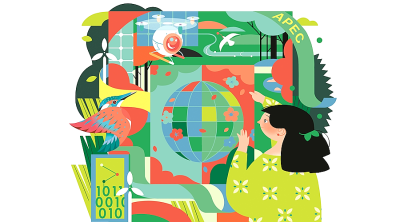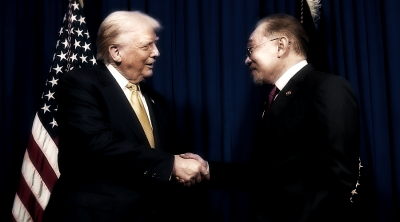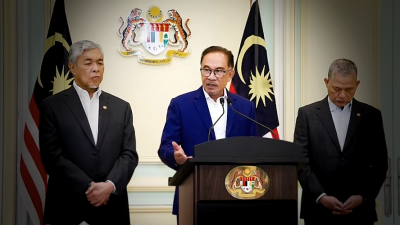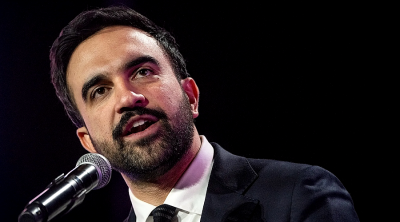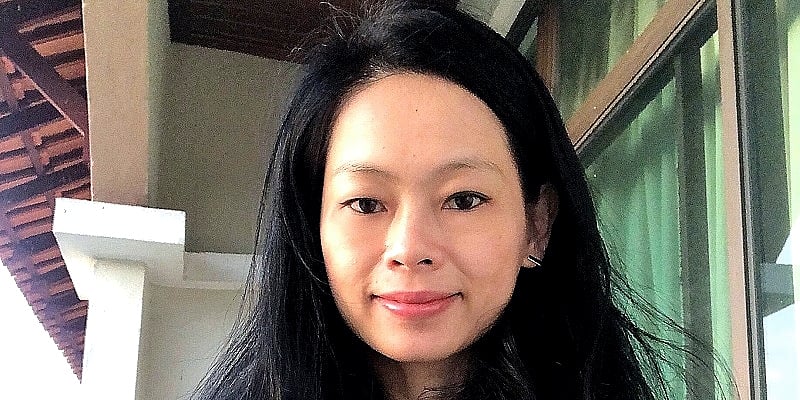
The upcoming ASEAN-GCC-China Summit, to be hosted in Kuala Lumpur as part of the 46th ASEAN Summit, is no ordinary gathering. It marks a watershed moment in regional diplomacy; one that not only tests ASEAN’s much-touted centrality but also illustrates the broader recalibration underway in global politics.
For the first time, ASEAN, the Gulf Cooperation Council (GCC), and China will convene in a trilateral format.
While ASEAN and the GCC had their inaugural summit in 2023 in Riyadh, the inclusion of China in 2025 alters the equation entirely.
This is not just another summit; it is a geopolitical experiment. And as with all such experiments, the outcomes may either bolster regional diplomacy or expose its fragility.
Realignments in a fractured world
We are witnessing a moment where traditional geopolitical alignments are under strain.
US-China competition is intensifying across multiple domains including trade, technology, ideology while middle powers and regional blocs are increasingly exploring hedging strategies.
The GCC, long viewed through a West-facing lens, has pivoted decisively toward East Asia, with China emerging not just as an energy consumer, but as a strategic partner.
From major Belt and Road infrastructure deals to diplomatic brokering in the Iran-Saudi détente, China’s presence in the Gulf is no longer transactional; it is transformative.
ASEAN too is adapting.
Amid a fragmented global order and a weakened multilateral system, Southeast Asia seeks to preserve its agency by forging diversified partnerships.
For ASEAN, the appeal of this trilateral format lies in the hope of multipolar stability; one in which regional blocs can negotiate on more equal terms, instead of being caught in the binary tug-of-war between the US and China.
But this triangulation is not without tension. Each actor arrives with their own ambitions.
China sees this summit as a strategic opportunity to deepen its soft power reach while counterbalancing Western-led institutions.
The Gulf states are eager to escape the security-only framing that has long shaped their global image.
And ASEAN, hosted by Malaysia, wants to appear united and influential, even as internal divergences continue to grow.
For Malaysia, this summit is both a diplomatic opportunity and a domestic test.
As ASEAN Chair in 2025, Malaysia has adopted the theme of “Inclusivity and Sustainability,” projecting itself as a moderate, bridge-building actor.
Prime Minister Anwar Ibrahim has positioned Malaysia as a leader capable of convening diverse voices, especially those sidelined in traditional global forums.
The GCC-China nexus
Much attention is often paid to China’s energy dependence on the Gulf, understandably so, given that Gulf oil and gas are vital to China’s economy. But this summit signals a deeper transformation in the China-GCC relationship.
The Gulf states, particularly Saudi Arabia and the UAE, are recalibrating their economies away from hydrocarbons, aiming for knowledge-based growth under ambitious national plans like Vision 2030.
China is responding in kind, expanding investments in AI, smart cities, logistics hubs, and renewable energy across the Gulf.
These are not mere commercial ventures, they are strategic footholds.
In return, the GCC sees China as a stable, long-term partner that does not lecture or impose conditionalities.
This post-Western pragmatism, while attractive, carries risks.
An overreliance on China could eventually limit policy flexibility and entangle domestic agendas with Beijing’s geopolitical goals.
Kuala Lumpur is not just hosting a summit. It is placing a diplomatic bet on the future of the regional order.
Moreover, the GCC’s desire for technological advancement must be weighed against growing concerns over data security, surveillance, and digital sovereignty.
This makes ASEAN’s presence in the dialogue crucial, as a third voice capable of reminding both parties of the value of multilateral norms, rule-based cooperation, and inclusive governance.
If China and the GCC come to the table with defined strategies, ASEAN’s position is more complex.
It prides itself on “centrality,” but that concept is increasingly being challenged, internally by differing member state alignments, and externally by the rise of alternative regional platforms.
This summit, therefore, puts ASEAN on a tightrope. Will it be an equal partner, or simply the venue? The answer depends on how well ASEAN articulates its collective interests.
Does it push for a regional development framework that goes beyond infrastructure and into equitable trade, green technology, and crisis resilience? Or will it default to the lowest common denominator, a forum that avoids conflict but achieves little?
Also at stake is ASEAN’s credibility as a rule-based actor. The presence of China and Gulf states, which are both criticized for suppressing dissent, complicates ASEAN’s already hesitant human rights stance.
If the summit ignores the voices of civil society and rights-based concerns, it risks legitimizing a version of regionalism that is purely elite-driven and technocratic.
What lies beyond Kuala Lumpur?
This inaugural trilateral summit will be judged not only by its announcements but by its ripple effects. Will it institutionalize a new forum for long-term coordination? Or will it be a one-off performance, repeated without impact?
Much will depend on the follow-up mechanisms agreed upon.
ASEAN must ensure that this isn’t a “China plus GCC” platform with ASEAN as an accessory. Instead, it should work toward establishing working groups on trade facilitation, digital economy standards, and climate risk management.
These are areas where ASEAN expertise, particularly from countries like Singapore, Malaysia, and Vietnam, can lead.
Equally important is public engagement.
Too often, regional summits remain distant from the citizens they claim to serve. ASEAN must make this process relatable through public briefings, youth forums, and academic partnerships that demystify diplomacy.
The ASEAN-GCC-China Summit is many things: a test, an opportunity, and a warning. It tests ASEAN’s cohesion, offers Malaysia a chance to lead, and warns us about the dangers of performative diplomacy.
If approached with courage and clarity, this trilateral experiment could signal a new form of regionalism; one not based on military blocs or ideological camps, but on pragmatic cooperation in an uncertain world.
But that outcome is not guaranteed. It will require ASEAN to do more than convene.
It must shape. It will require Malaysia to speak not just for itself, but for a region. And it will require all three actors to recognize that the world is watching, not just for what is said, but what is truly done.
In that sense, Kuala Lumpur is not just hosting a summit. It is placing a diplomatic bet on the future of the regional order.
(Khoo Ying Hooi, PhD, is an Associate Professor of International Relations and Human Rights at Universiti Malaya. Her work spans human rights research, diplomacy, and policy engagement across ASEAN and Timor-Leste, along with active contributions in editorial and advisory capacities.)
ADVERTISEMENT
ADVERTISEMENT






